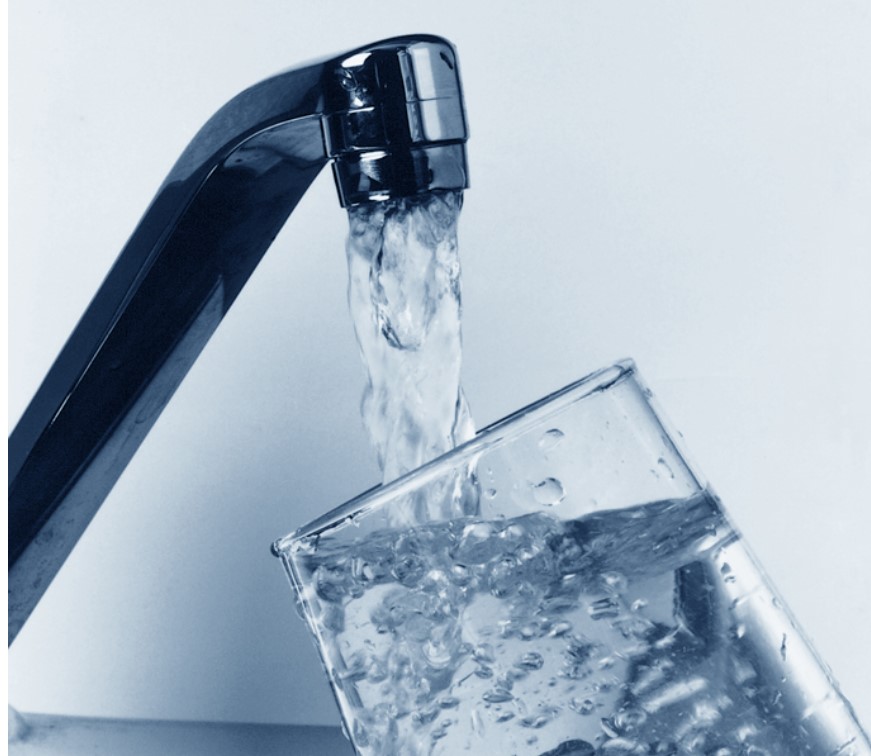As climate change and population growth make water scarcity increasingly common, a larger share of the global population are set to be forced to cope with the costs of urban water scarcity.
This is based on a new study from the University of Michigan’s Institute for Social Research that examines the monetary and nonmonetary costs faced by populations when water supply is intermittent, rather than continuous. This is a situation faced by around one billion people globally, including about two-thirds of the population of Latin America, who live with intermittent water supply systems.
The limitations of supply affect the distribution of water to a few hours a day or a few days a week to subsectors of the population. This arises either by deliberate rationing areas of the water grid or by failing to maintain uniform pressure.
When intermittent water supply occurs, this is associated with deterioration in water quality and diarrheal disease. The research paper says there is an urgent need for further assessment to assess how households bear the cost and adapt. There is also a need for policy advice for how to ensure safe and equitable urban water access within a system that cannot offer continuous water supply.
To assess how households cope with limited water supply, the scientisst combined results from open-ended household interviews, ethnographic observations about household water infrastructure and water management, and analysis of a large survey from Mexico City.
The researchers encountered residents, mostly from working-class neighborhoods in Mexico City, who managed elaborate systems of household storage to buffer themselves from the impacts of intermittent supply. Household members, especially women, deploy coping practices like storing water, buying alternative water sources, and reusing and conserving water.
Hence, many households were endlessly creative and resourceful in addressing their family’s water’s deficiencies, but that is because they had to be in order to survive, according to the researchers.
The downside with household storage and management is that this makes the water quality noticeably less safe to drink. For consumption, residents were often forced to boil, treat or purchase water.
The research also considered what the impact of water price changes are upon poorer populations, especially those already impoverished in their budget but also in the ways they allocate clean water sources. The financial, labor and water quality impacts of adaptation are primarily borne by marginalized households.
The researchers have provided a set of policy suggestions to address the deterioration of water quality during household storage and the inequalities of intermittency:
- Governments should consider making household costs less onerous and address some of the inequities in current patterns of water management and distribution.
- Governments researching water supply, security and health must consider the coping and storage methods by which households adapt to their water supply to understand inequities in water access and the potential health risks of “making scarcity enough.”
- Policymakers could do more to provision households with enough water beyond the physical grid. This could include subsidizing households’ efforts to make their intermittent water mimic the experience of continuous supply by providing storage tanks, automatic pumps or other household infrastructure.
- To ensure safe drinking water quality, governments should subsidize water treatment at the point of consumption. In intermittent water supply systems, where most households store their water before domestic use, government resources spent making water potable when it arrives to the household are undermined by the need for storage.
The research appears in the journal PLOS Water, titled “Making scarcity “enough”: The hidden household costs of adapting to water scarcity in Mexico City”.














